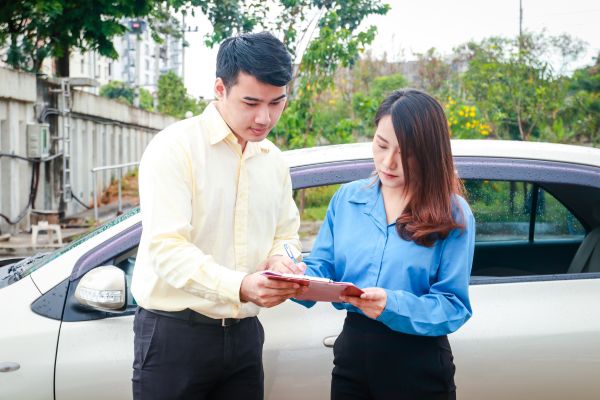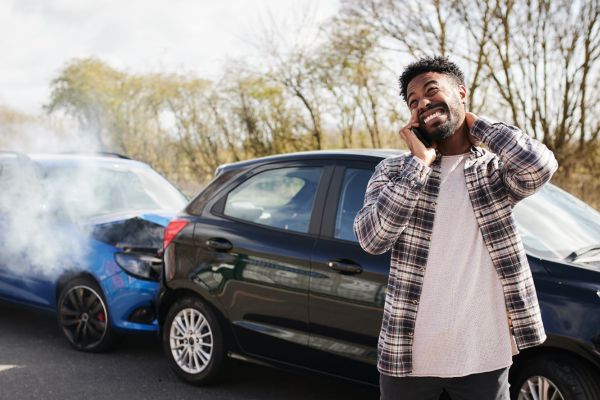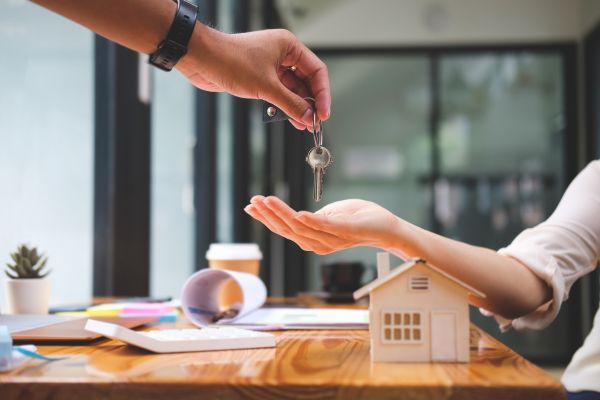Insurance Auto Claims Guide
Our step-by-step guide will help you to get your car back on the road. If you are involved in an auto accident, you don’t want your insurance company to be the next thing you need to figure out. This guide will walk you through how to file an Insurance Auto Claims with USAA. It will also help you get back on the road as soon as possible.
- While still at the scene
- Stay on the accident site.
Call 911 immediately if someone involved in an accident has been injured and needs immediate medical attention.
Photograph the scene. You should take as many pictures as possible of the accident. Include information about the vehicle that caused it, its speed, and the direction they were traveling.
Gather information about the other drivers, cars and makes of the involved vehicles. Collect information regarding the drivers, including their registrations and insurance. If possible, gather witness statements and witnesses’ names.
USAA: How to report and settle a claim
You will need the USAA Mobile App as well as the online Claims Center to file your claim, check status updates and settle it.
You can also upload photos and message your adjuster any time. You can also make arrangements to take advantage of any benefits such as rental car assistance.
To make this difficult event less stressful, the Claims Center on usaa.com and the mobile app are valuable tools.
From the beginning to your claim’s end
There are five main parts to your claim. Each component may differ depending on the severity of your accident. Each of these components will be covered in greater detail to make sure you are more informed and in control over your claim.
Initial report
USAA will request details of your accident to help us better understand what happened and the next steps. Some claims are simpler than others. You won’t need to report or take any additional actions for a glass-only or roadside claim. A collision with another vehicle, however, will.
Your initial report will include all the information you have collected immediately following the accident. A claim adjuster will then be assigned. Your adjuster will serve as the point man for your claim. They will assist you in the rest of the process to have your vehicle repaired or replaced, and help you settle expenses for medical costs and property damage.
Investigation
The adjuster will review the information in your initial report, and then set up the next steps.
In the Claims Center, you’ll find a timeline which outlines what USAA has done and what may be required of you. Your adjuster will conduct an initial assessment of the accident. You will be assessed for fault by your adjuster based on police reports, photos, statements and information you provide.
You will be responsible for the deductible on your policy if you are found to be at fault. Your repair shop will collect it.
At-fault injuries can also bring up other issues such as liability for other people’s property damage or responsibility for their injuries. These elements of your claim may require your adjuster or other party to collaborate with you, including the other driver’s insurance company, property owners and medical service providers.
Get an estimate on your repairs
Now is the time to get your vehicle repaired or inspected. It may affect the time frame for your claim depending on where you decide to take your car. Virtual inspections are possible in most states. Once your claim is filed, you’ll be provided with instructions. The photo estimator tool can be used. You might be able get an estimate within four hours.
We have a network that allows you to have your vehicle repaired in a variety of shops. Or, you can choose to have it fixed at any shop that suits your needs. Your policy covers reasonable costs of repairs regardless of where you travel. You can choose a USAA-preferred store to have repairs made and payment made. This will reduce your deductible.
USAA will prepare a market valuation report if your car is declared totaled. This will establish the vehicle’s “actual cash value”. The report takes into account the vehicle’s condition prior to the loss and compares it with similar vehicles that are available in your local area.
Payment to you
After the work is complete, the repair shop will request payment from USAA. In most cases, a deductible will be collected from you by the repair shop before work can begin. If you decide to visit an independent shop, or repair facility not in USAA’s preferred network of shops, payment can be made electronically by check or electronic funds transfer. You can pay the repair shop once you have received funds.
Once your vehicle is repaired, you can return to your normal driving habits. Your adjuster will continue to help you settle any claims with other parties.
If your car is deemed total loss, we will send you the market valuation report, the settlement amount, and a list with all the documents that you need to complete a vehicle transfer for USAA. We are basically buying your vehicle.
You can send your total loss settlement by check, electronic deposit or mail it to your checking or savings account. To pay the outstanding balance on a loan you have on your vehicle, your payment will be made first to your lender. You would get the difference between what your car is worth and the loan balance.
Any Guaranteed Asset Protection (or GAP) coverage you had with your loan could help to offset the loan balance if your vehicle is worth less than what your car loan amount. GAP coverage does not cover the loan balance.
Settlement of the claim if there are others involved
You may be liable for damages to cars or other property in an accident that is your fault. Automotive accidents are not uncommon, and your liability coverage could pay for any medical bills.
You will find that the liability coverage typically has a limit that covers each party and another limit that covers all of your liability. It is not unusual for legal actions to occur as a result.
If another driver is injured and requires extensive medical and rehabilitative treatment to get back to normal, their liability coverage may quickly run out. In this case, you could be held financially responsible for damages, awards, or judgments that exceed your liability limits.
You should check your insurance policies at least once a year to protect your financial position. It is a good idea to ensure that your liability coverage limits are at least equal to your net worth (everything you own, minus anything you owe).


